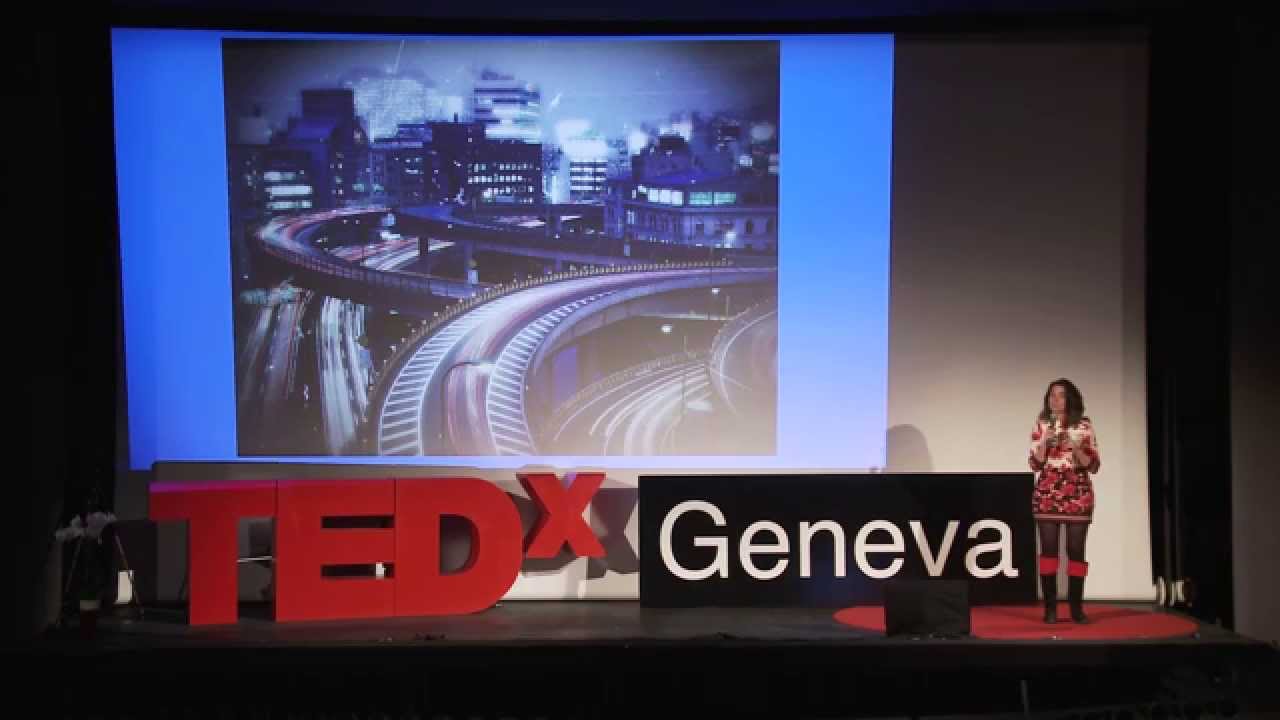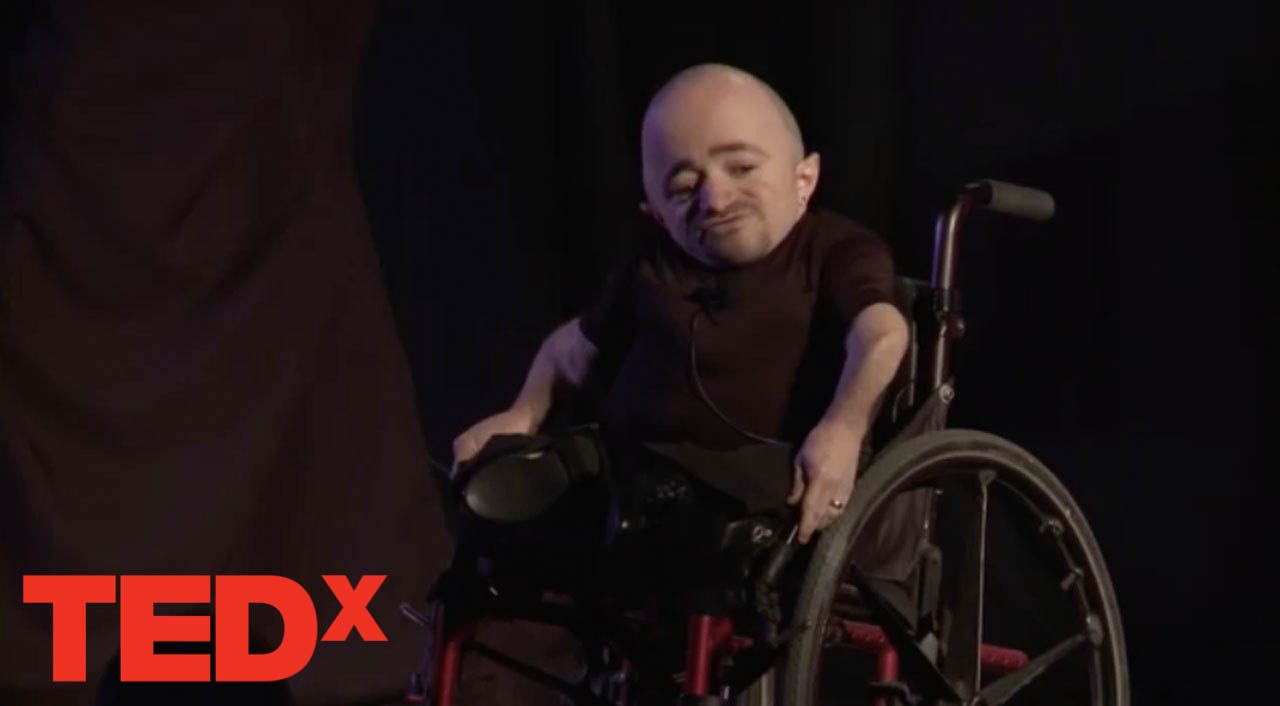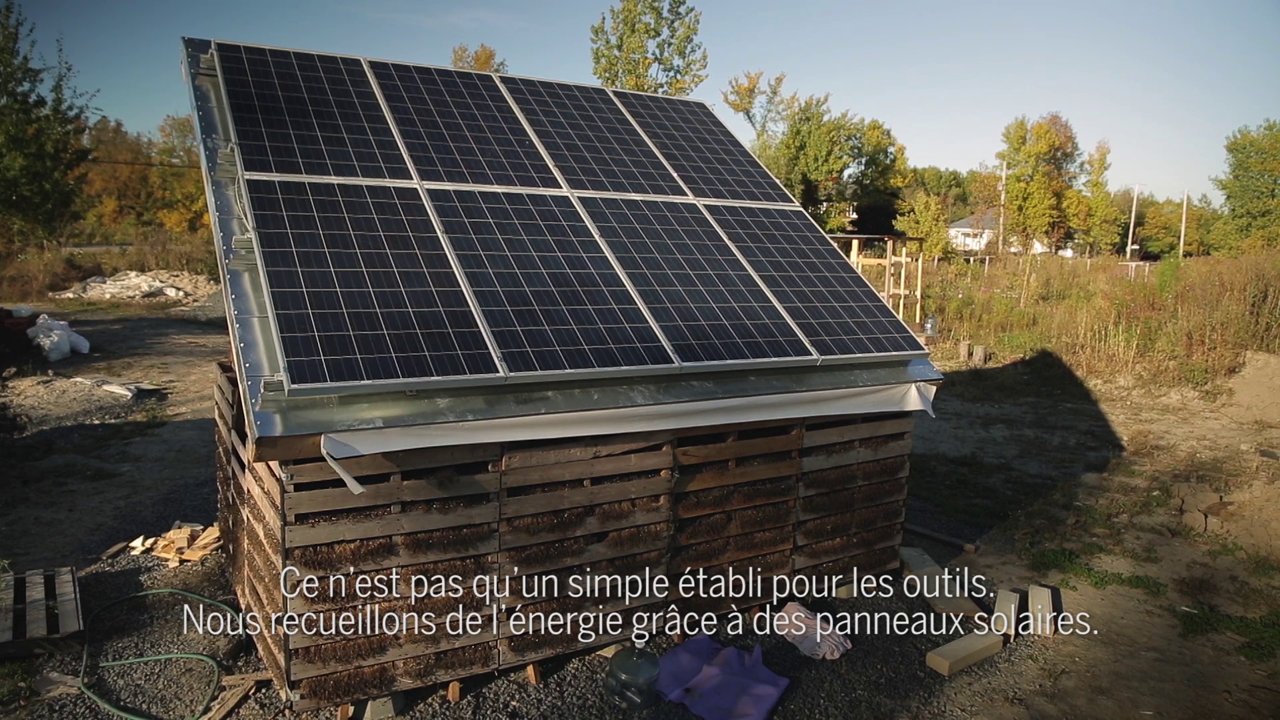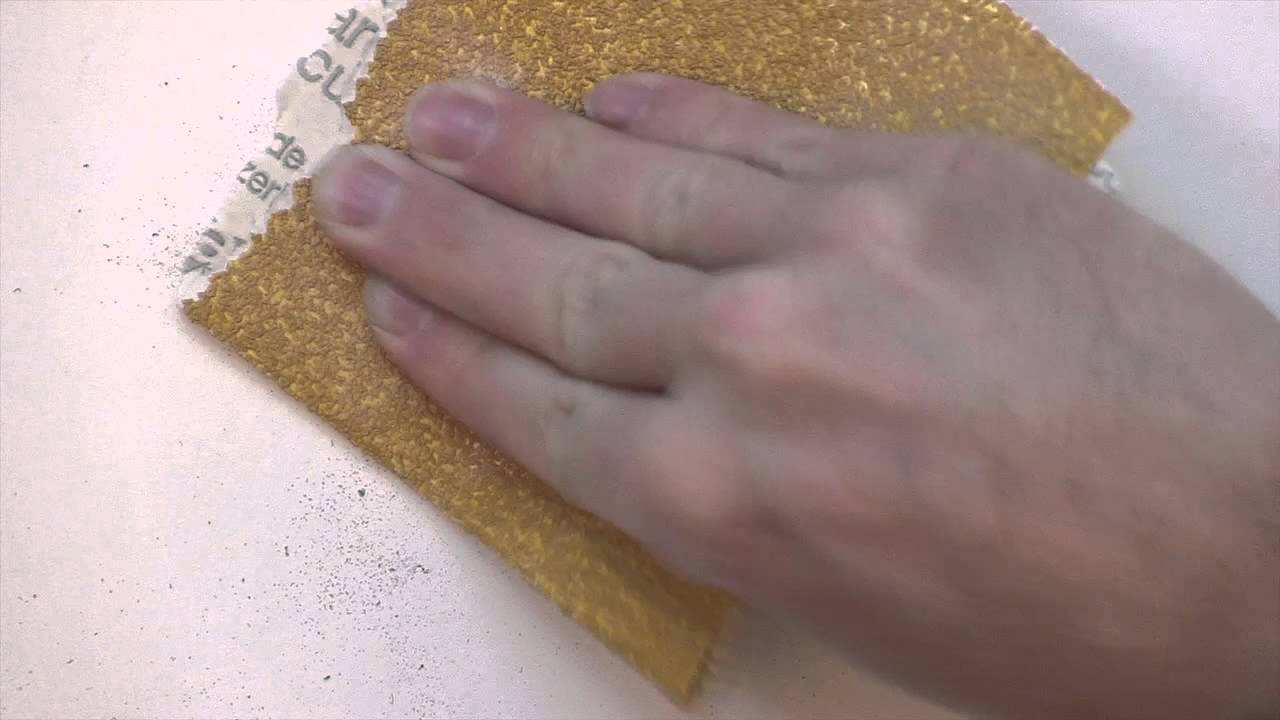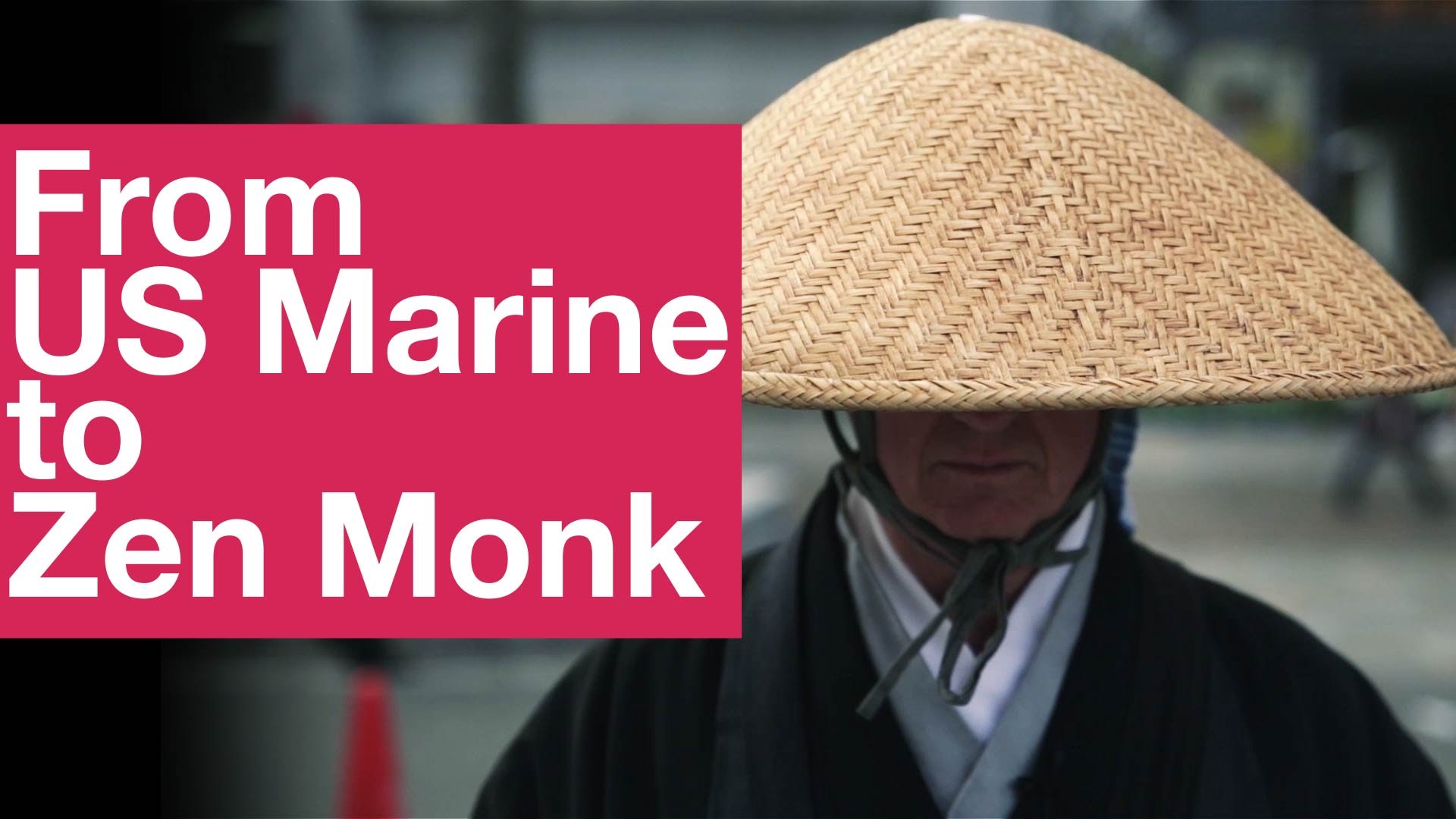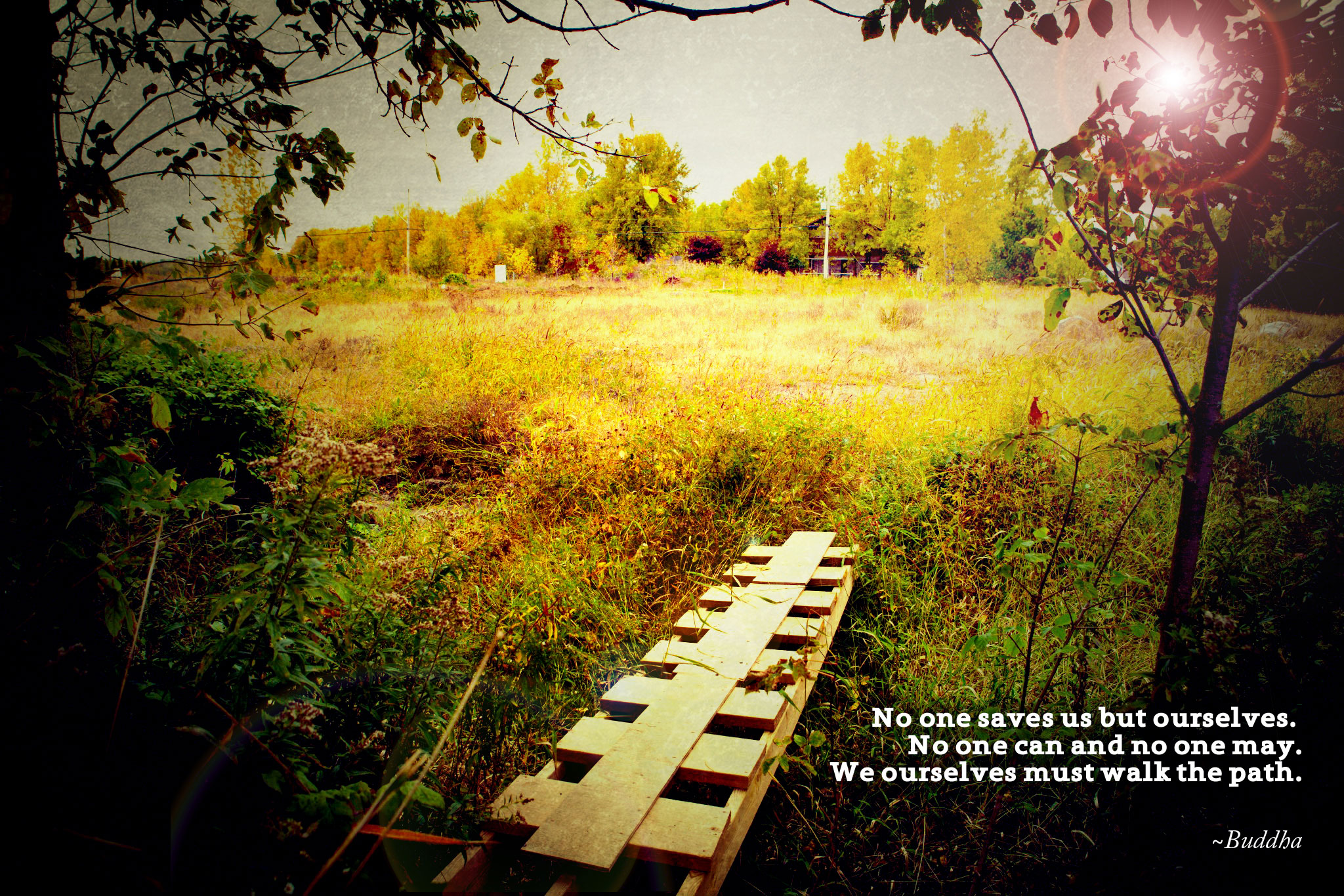Edward Norton is Soil
We all loved Edward Norton in Fight Club. Here he reminds us that perhaps the biggest fight in this life is one that will require more wit than muscle, more compassion than anger and more long-sighted understanding than ape-sighted reaction. Here is why the thin layer above the surface of our planet requires us to be a Peaceful …
Costa Rica Becomes The FIRST Nation To Ban Hunting!
After Congress unanimously voted to ban hunting in 2012, it became illegal to poach wildlife in Costa Rica.
Do animals feel pain? Should they have rights like humans? These questions and others have been asked before on TrueActivist, and increasingly the response is that an individual should be honored – no matter their species – for who they are and what they might offer to the world.
We also recently reported that in the wake of controversy over the poaching of endangered animals, a number of airlines are now also refusing to ship hunting trophies.
Which is why we highly suspect you’re going to love the news – albeit a few years old – of Costa Rica becoming the first country to ban hunting!
As The Huffington Post reports, in December of 2012, Congress unanimously voted to ban hunting as a sport in the Latin American country. It was in 2010 that the popular initiative was proposed to Congress, with an accumulated 177,000 signatures calling for a ban on hunting.
Under the new law, those caught hunting will face up to four months in prison or fines of up to $3,000. Smaller penalties were also included in the reform for hunters who steal wild animals or keep them as pets. Among Costa Rica’s most treasured and sought-after species are jaguars, pumas, and sea turtles; but thanks to the new legislation, they are now much safer.
With a population of 4.5 million people and an ecosystem that boasts more than 500,000 species, the diversity of Costa Rica is what attracts tourists from all over the world. In fact, tourism is the country’s number one industry.
Said environmental activist Diego Marin, who campaigned for the reform, to local radio:
“We’re not just hoping to save the animals but we’re hoping to save the country’s economy, because if we destroy the wildlife there, tourists are not going to come anymore.”
However, not all foreigners are interested in catching some waves or taking a leisurely stroll through the country’s gorgeous parks. Some are most interested in capturing exotic felines to sell on the black market, or are in pursuit of securing rare and colorful parrots to sell as pets elsewhere.
It is to be noted that there are limits on the ban. The legislation does not apply to hunting by some indigenous groups for survival, or to scientific research.
Still, as a very environmentally conscious country, Costa Rica’s initiative will likely boost conservation efforts and maintain its diversity for years to come.
“Costa Ricans think of themselves as “people who are in a very good relation with the environment,” said Alonso Villalobos, a political scientist at the University of Costa Rica. “And in that way, we have made a lot of progress. We have a stronger environmental consciousness.”
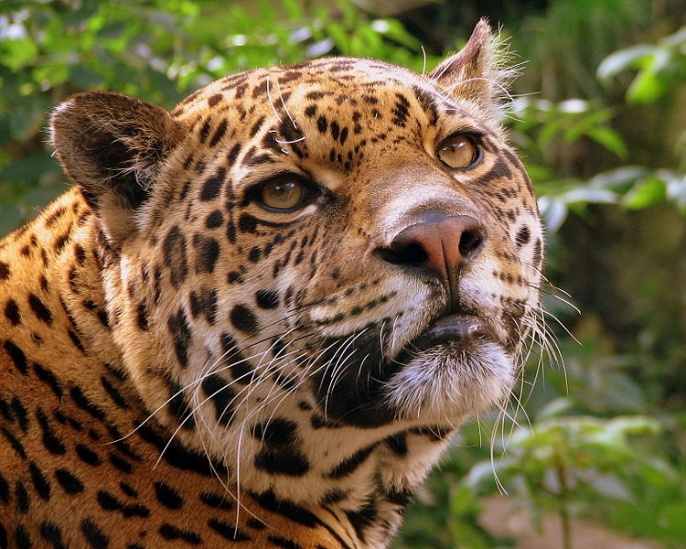
What are your thoughts on this news? Share your comments below.
Every 16 Days About 72% of You is Replaced
About 72% of the human body is H2O (liquid water). Every ~16 days nearly 100% of the water is exchanged in a healthy body. Heavy elements like carbon, sodium and potassium take occupancy far longer perhaps 8 months – 11 months. For example the calcium and phosphorus in bones are replaced in a dynamic crystal growth / dissolving process that will ultimately replace all bones in your body.
Other larger organs’ atomic replacement can be estimated:
* The lining in stomach and intestine every 4 days
* The Gums are replaced every 2 weeks
* The Skin replaced every 4 weeks
* The Liver replaced every 6 weeks
* The Lining of blood vessels replaced every 6 months
* The Heart replaced every 6 months
* The Surface cells of digestion, top layer cells in the digestion process from our mouth through our large bowel are replaced every 5 minutes
This data was first pointed out by Dr. Paul C. Aebersold in 1953 in a landmark paper he presented to the Smithsonian Institute, “Radioisotopes – New keys to knowledge”
http://www.archive.org/stream/annualreportofbo1953smit/annualreportofbo1953smit_djvu.txt
In about a year every atom in your body would have been exchanged. Not a single atom in your body resides there forever and there is a 100% chance that 1000s of other humans through history held some of the same atoms that you currently hold in your body.
To be sure this data is confounding and seems to defy logic. However the Radioisotope data as far back as 1953 is quite conclusive. The data is not based on urban legend or assumptions yet certainly seems to feel this way.
Just as fascinating, is the fact that about 30% of your body, by weight, is not even “you” (cells without human DNA/RNA), it is a cooperative arrangement of bacteria, viruses, parasites and other welcomed or sometimes unwelcome guests. In fact, just in the case of bacteria, there are 10 times more bacteria cells then human cells in your body:
This leaves one with perhaps a very large philosophical question: ” If every atom in our body is replaced each year, who are we if we are not our atoms and we are not our cells? ”
29 Native American Quotes on Life, Death and Meaning
“What is life? It is the flash of a firefly in the night. It is the breath of a buffalo in the wintertime. It is the little shadow which runs across the grass and loses itself in the sunset.”
As we’ve addressed before, the wisdom of the Native Americans was vast. Theirs was a culture whose values spoke to an understanding of human nature and the interconnectedness of all things with a clarity only rivalled by the Buddhist traditions of the east. Dismissing the idea of the noble savage, it nonetheless becomes clear to anyone who has studied their culture that they somehow reached a very ‘high’ level- a level found in very few societies today. This list of 29 quotes from varying tribes, as compiled by Liz Olsen at infoplease.com, is but a snippet of the wisdom they attained, yet, as with many Buddhist koans, worth reading time and again. {WP}
- Don’t be afraid to cry. It will free your mind of sorrowful thoughts. – Hopi
- Day and night cannot dwell together. – Duwamish
- It is better to have less thunder in the mouth and more lightning in the hand. – Apache (See our Tesla T-shirt with this saying on the back here.)
- They are not dead who live in the hearts they leave behind. – Tuscarora
- All plants are our brothers and sisters. They talk to us and if we listen, we can hear them. – Arapaho
- Tell me and I’ll forget. Show me, and I may not remember. Involve me, and I’ll understand. – Tribe Unknown.
- When we show our respect for other living things, they respond with respect for us. – Arapaho
- If we wonder often, the gift of knowledge will come. – Arapaho
- Most of us do not look as handsome to others as we do to ourselves. – Assiniboine
- What is life? It is the flash of a firefly in the night. It is the breath of a buffalo in the wintertime. It is the little shadow which runs across the grass and loses itself in the sunset. – Blackfoot
- When you were born, you cried and the world rejoiced. Live your life so that when you die, the world cries and you rejoice. – Cherokee
- Those who have one foot in the canoe, and one foot in the boat, are going to fall into the river. – Tuscarora
The weakness of the enemy makes our strength. – Cherokee - When the white man discovered this country Indians were running it. No taxes, no debt, women did all the work. White man thought he could improve on a system like this. – Cherokee
- A good soldier is a poor scout. – Cheyenne
- We will be known forever by the tracks we leave. – Dakota
- Do not judge your neighbor until you walk two moons in his moccasins. – Cheyenne
- There is nothing as eloquent as a rattlesnake’s tail. – Navajo
- Force, no matter how concealed, begets resistance. – Lakota
- Our first teacher is our own heart. – Cheyenne
- Everyone who is successful must have dreamed of something. – Maricopa
- All who have died are equal. – Comanche
- What the people believe is true. – Anishinabe
- You can’t wake a person who is pretending to be asleep. – Navajo
- Beware of the man who does not talk, and the dog that does not bark. – Cheyenne
- He who would do great things should not attempt them all alone. – Seneca
- If a man is as wise as a serpent, he can afford to be as harmless as a dove. – Cheyenne
- A brave man dies but once, a coward many times. – Iowa
- When a man moves away from nature his heart becomes hard. – Lakota
I bet your iPhone can’t do this
I often take the bus around Charlottesville, when it’s raining or I’m too lazy to bike. I’ve noticed something on the bus, and actually, just about everywhere. You’ve probably noticed too. The phones. Everywhere. People are constantly looking down at their phones. I would guess around 8 out of 10 people sit and look at their phones while they’re involved in some other activity, whether that is riding the bus, walking, having dinner, or waiting in line. It’s pretty much an endless list. So many opportunities for genuine connection with others are lost this way. I’m guilty of this habit as well, but it is one I am working on Small Acts to manage.
I didn’t get my first cell phone until I got my first car. There wasn’t a real need prior to that, even though I wanted one because I thought it was “cool.” It was one of those blocky Nokia’s with the infamous snake game on it. Oh, how the technology has changed. I resisted getting an iPhone for several years because I didn’t want to be so absorbed by the virtual world. That too has changed, but I don’t upgrade every time a new option is available. I’m proudly sporting a 4S and will until I literally cannot use it anymore.
My sister is fourteen and she probably got her first phone at age ten. Smart phones, mini-computers basically, are so ubiquitous now, especially in the “developed” world, that young children are already addicted to them. I have seen very young kids, maybe around age two or three, throw tantrums when daddy takes his phone back. Kids will get them at younger and younger ages.
Let’s stop for a second
What is this doing to us? Why are we so addicted to our phones? I know there are countless studies, articles, and opinions already out there on this, but media is my passion and media is at the root of this behavior. We’re addicted to ourselves and to each other. We’re addicted to information, memes, selfies, and basically spending a lot of time judging each other and ourselves based others’ “approval” of our posts, photos, or videos.
We need approval. I believe we are trying to use social media as a way to feel loved, included, and connected to each other, but at what expense, and does it actually measure up to the real thing? We have dinner with a spouse, but we don’t talk, we just sit silently, each in our own digital world. Is being on your phone really that much more enjoyable than having a conversation with your partner, or does it say something about our attention spans for each other and relationships?
A missing piece
The world has changed. What is socially acceptable has changed. Technology has made communicating much much easier, but what are we really communicating? Where is the value in all this noise? Communicating via social sites, text, and email lacks an essential piece of communication: non-verbal communication. Only with facial expressions, gestures, verbal characteristics, such as tone of voice, (which we all know isn’t conveyed through text very well), and even touch can we truly engage with each other on a human level. What messages are we sending, and what do they convey about our values as humans? What messages do we want future generations to look back on and learn? If there is no real value in it, then why do we do it?
What it comes down to is consumption. We’re consuming social media via our phones and tablets at an astonishing rate. In less than 10 years the percentage of all internet users who also use social media went from 8% in 1995 to 74% in 2014. New social sites are popping up every year. As we continue to produce and consume more media, the cycle continues and grows. We are addicted. Our kids see us stuck in these virtual worlds so they think they need to be there too, and they will be. They already are.
Consumer culture
I think it also perpetuates the cycle of consumption in the real world, or maybe it’s the other way around, and is perpetuated BY our real world consumption. It’s just a habit we’ve, almost unconsciously, grown into and adopted. If everyone consumed natural resources at U.S rates, we would need three to five planets to sustain ourselves (and this is a statistic from 2007). Something goes viral, then it’s over, on to the next one. The same mentality goes with fashion, phones, computers, and cars. There’s the latest and the greatest, and then there’s something newer and better.
I’m not proposing that we continue to share the “Charlie bit my finger” video forever and cease expressing our creative abilities. Social media is one of the most powerful tools man has created and can really catalyze powerful change in cultures and revolutions. It is a great way to share information and show support for causes. It’s a great tool to communicate with people from your past or old friends that live in different towns. However, most of our consumption is without limit or purpose. Why do we care so much about the latest cat meme? Are we really that bored with our real lives and the people in them that we feel we must escape it with silly nonsense on the Internet? Perhaps it is the desire that maybe, just maybe, our next “home video” will go viral, and we will get our fifteen minutes of Internet fame? Are we afraid of other people or afraid of being alone? It’s time to get out of our comfort zones. Only then do we truly flourish and nurture the true spirit of growth and humanity.
Boundaries
Our media habits are mutating into something I think we will look back on and regret, but how do we stop that beast, and is it even possible? If you care, then yes, it is. All it takes is a couple Small Acts. Boundaries and choice. The same applies with all other obsessions. A boundary to resist the urge to check Facebook, reject someone on Tinder, or post a new vine while we’re at dinner with our family is a Small Act that slows down this cycle and can help ease our addiction to media and technology. Our resources are not limitless. Eventually the rare minerals required to produce an iPhone or laptop will run out. We might find more at the expense of habitats and forests, but those will run out too.
Boundaries can be a challenge to set and uphold, but they are key in making real change in habits and behavior. More than likely, our social media use has decreased our ability or desire to do so, which is all the more reason to practice this Small Act.
If I am with people, whether I know them or not, I try to stay off my phone. I try to resist the urge to even check the time. Sometimes I end up talking to those people on the bus and making new friends. Sometimes I just observe. Whatever I’m doing, I try to practice mindfulness and appreciation for the present moment. I am alive, I’m participating in this moment, I’m not trying to escape it, and that’s okay, that’s enough. There is a profound beauty in this stillness. I work on approving of myself. More importantly, what I do share when I choose to spend time on the Internet, has purpose, meaning, and value toward instigating positive change, in my opinion.
What about the next generation?
How will our future generations see themselves and treat our planet if their current example emphasizes the importance “look at me, I’m always on my new best phone, check out what this cat is doing” over “here’s how I’ve helped someone today or showed compassion?”
“Real generosity toward the future consists in giving all to what is present”
No one saves us but ourselves
No one saves us but ourselves.
No one can and no one may.
We ourselves must walk the path
Buddha




